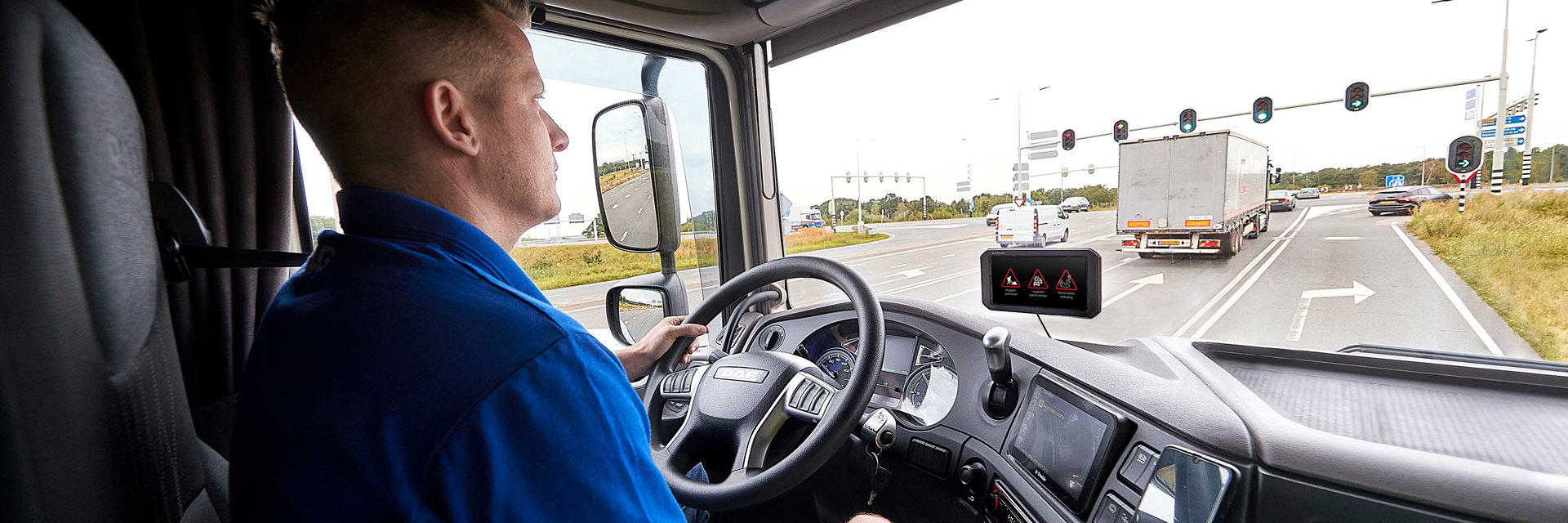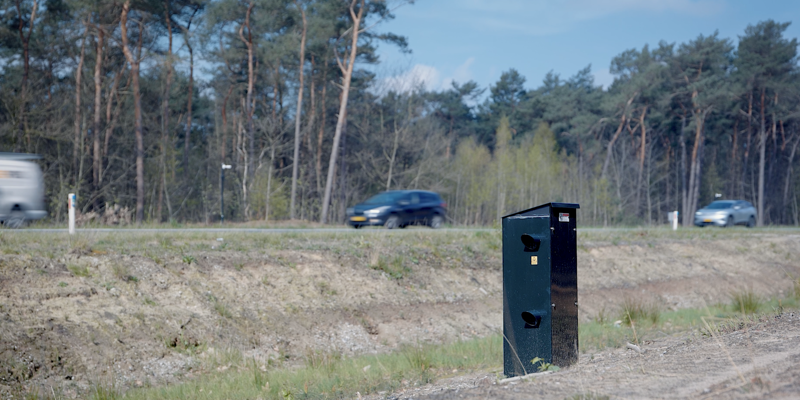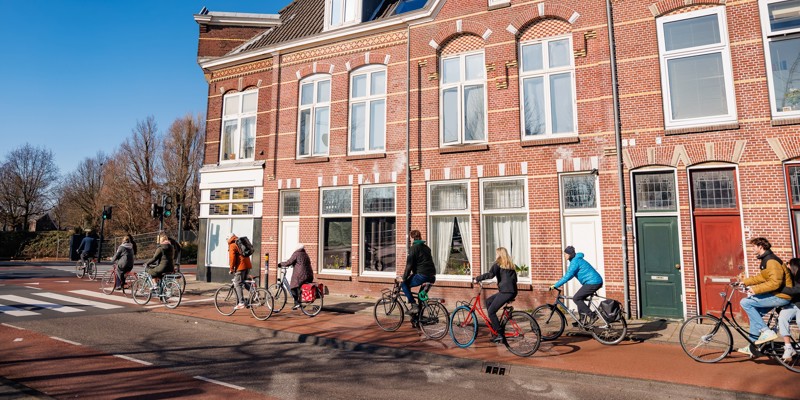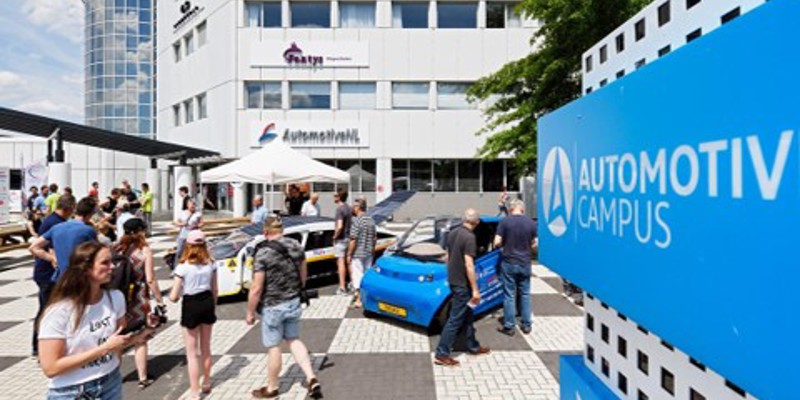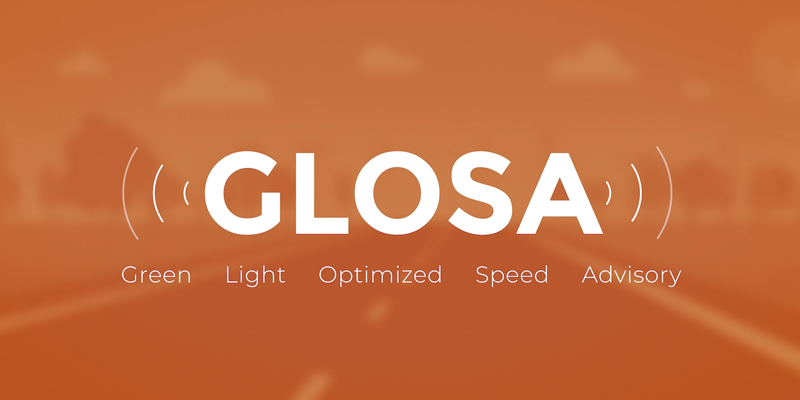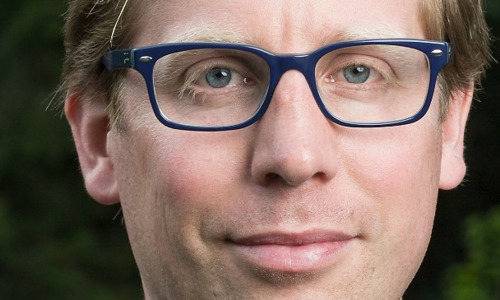
Why are you chairman of the programme council?
Eighteen months ago, the province of North Brabant initiated the joint drawing up of a package of widely supported measures, with various partners, to improve the accessibility of the south of the Netherlands. To this end, I sought parties who had an interest in doing so or who had smart ideas. That package of measures led to the SmartwayZ.NL programme which involves genuine cooperation between a large number of parties. We have raised financial resources so that we now have a single budget of approximately a billion euros with which to implement the programme. I am convinced that we can achieve more if we no longer approach all kinds of projects separately but look for solutions for keeping the south of the Netherlands accessible jointly and in an integrated manner. Not only are authorities responsible for doing just this, but market participants and knowledge institutes too. I am therefore very satisfied with the staffing of the programme council. We have real experts and figureheads from a wide range of disciplines to jointly determine the line of research for the future so it is really not at all important who chairs the meetings. We have a common objective and are putting a new way of working in place here in the south of the Netherlands.
Why does SmartwayZ.NL have a programme council?
SmartwayZ.NL needs a programme organisation and management which are adaptive and grow along with the opportunities which arise in the course of time. The sub-projects are managed by their own steering groups, for example, and have their own teams to implement them but they are dependent on one another when it comes to content and phasing in time. The programme council aims at cohesion, progress, ‘learning from each other’ and the target scope. This is how we ensure that SmartwayZ.NL is more than merely the sum of its eight sub-projects.
What sort of decisions does the programme council take?
The programme council ensures that the agreements made between the Lower House and the region are implemented. The programme council gives a 'go' or 'no-go', on the basis of an action plan, for the sub-projects. We are the ones who take the start decisions and, where necessary, approve alternative plans. We are jointly responsible for the focus on the programme objectives, which involves coordination of the content, planning and finances between the sub-projects. We focus primarily on the main elements and intervene where necessary. This is why our role decreases as more sub-projects go into the more concrete implementation phase. They can continue to carry out their tasks within the programme in a decentralised manner.
Why does the programme council reflect the ‘triple helix’?
A common understanding of the projects and common ambitions and objectives are essential for the success of the programme. This demands cooperation, coordination and focus on the entire programme. ‘Those in the vicinity' play a significant role here.* We have made sure that all the parties in the triple helix (government, knowledge institutes and market) are represented in the council. It therefore comprises members such as Willem Heeren of Dinalog, who represents the logistics sector, Maurice Geraets of NXP, who represents the tech sector, and Jan Mengelers of TU Eindhoven, who represents the knowledge sector. As I have already mentioned, these are real experts and figureheads in their respective disciplines who are well versed in everything that is going on in the world of accessibility and mobility. There is a list of the members of the programme council on SmartwayZ.NL's webpage.
What is your 'dream mobility network' for the south of the Netherlands in about ten years' time?
A great deal has been said about Smart Mobility recently. I am convinced that it will contribute greatly to a better flow and safer roads but we do not yet know precisely how that will work out in practice. And let us not mince matters: we will have to lay more asphalt if the road capacity is inadequate. It will still be necessary to widen roads on certain sections. But my dream is that in ten or perhaps fifteen years, the traveller will be the key player in a network of mobility systems and consumer of smart solutions and services. I dream that he/she will be given customised advice on the best means of transport to take based on his/her diary, the weather forecast and how busy the roads are: whether to go by bus or e-bike or make use of the shared car he/she subscribes to.

